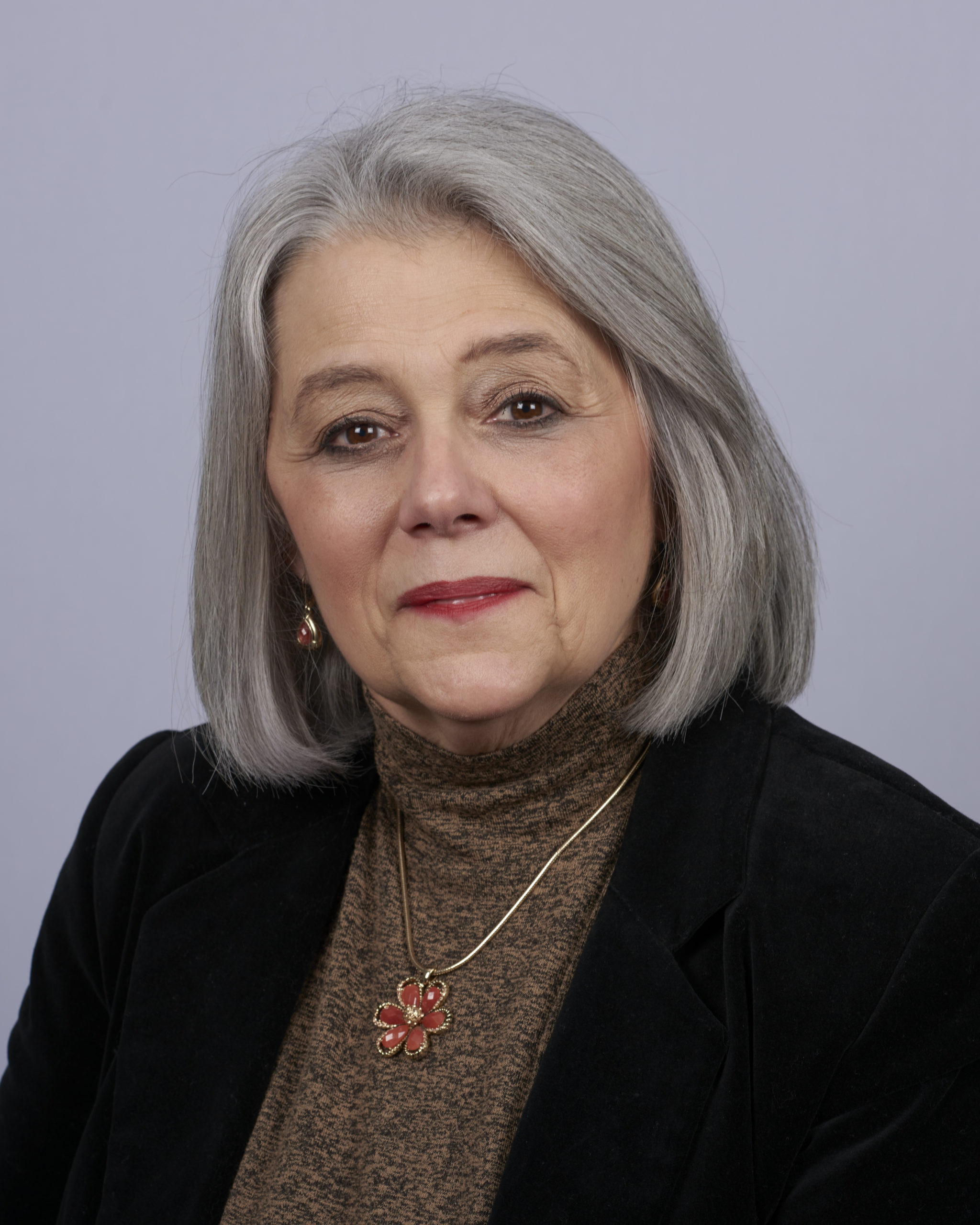
As Chief Program Officer of Clarke Schools for Hearing and Speech (Clarke), I am part of a team that teaches children who are deaf or hard of hearing to listen and talk. Over the past decade, I’ve witnessed a significant increase in the number of children who are deaf or hard of hearing enter mainstream school by kindergarten—sometimes even earlier. With specialized support and administrative collaboration, these children can thrive, meeting their academic, social and developmental milestones along the way.
Meeting Challenges through Collaboration
When a child who is deaf or hard of hearing heads off to a mainstream school—whether it’s a preschool or kindergarten—there are many factors that will impact their success, including acoustics, class size, hearing technology and the classroom teacher’s knowledge and use of strategies that promote access to the curriculum.
The acoustics of that environment, for example, have a huge impact. When listening and spoken language experts assist with a student’s transition into a mainstream setting, we do not suggest that administrators make major reconstructive efforts in a school—such as carpeting every classroom or removing all window air conditioners. We collaborate with general educators to brainstorm solutions that will allow the student with hearing loss to have moment-to-moment access to the classroom discussion. In fact, all students will benefit from these alterations.
We might notice that the chair legs create significant noise, so we’ll recommend covers to muffle that sound. Or we may observe that the classroom door is open during a lesson and recommend that it stay closed to minimize ambient hallway noise. We’ll also emphasize that the child with hearing loss should never sit near a noisy air conditioning unit.
Identifying the various challenges to a child’s progress is a crucial part of easing their transition into a new school and can often go overlooked when school staff has not received appropriate coaching, or if the administration does not have access to the right support network.
How to Facilitate Success for Children with Hearing Loss
Children who are deaf or hard of hearing who use listening and spoken language in mainstream schools need access to a support team that includes a teacher of the deaf, a speech-language pathologist, a special education director, an educational audiologist, as well as a knowledgeable and supportive administrator, a classroom teacher and a guidance counselor.
Listening and spoken language programs and schools like Clarke include “mainstream services” professionals who collaborate with staff at a mainstream school. In addition, they’ll offer comprehensive coaching for general education staff, traveling to the school and coaching educators to implement various strategies to ensure that children with hearing loss can learn effectively, right alongside their peers with typical hearing. We find that a school staff trained in these best practices is one of the most important keys to a student’s success in their mainstream school.
Lastly, and most importantly, the administrator, or leader of the school, drives this train. They set the tone for the staff and their attitude about inclusivity has a huge impact. In my experience, when an administrator makes it their mission to ensure that all children in their district feel welcome, everybody follows suit.
In successful scenarios, administrators of schools:
- Personally welcome and establish a warm relationship with the student and family.
- Provide¯a supportive school culture and become part of the student’s support team.
- Are well-informed about special education regulations (specifically the procedural safeguards designed to protect the rights of children with disabilities and their parents).
- Think deeply about their responsibility to make learning inclusive, including making the physical environment engaging, developmentally appropriate and accessible for all students.
- Are knowledgeable about what it means to¯be deaf or hard of hearing and about the resources available to students in their school community.
When this is all in place, we see children who are deaf or hard of hearing thriving in their neighborhood schools. They establish healthy relationships with their peers; they’re active in extra-curricular activities; they have great self-advocacy skills, and they’re meeting the curriculum expectations for their grade level.
Judy Sexton, MS, CED LSLS Cert AVEd, is the Chief Program Officer at Clarke¯ Schools for Hearing and Speech and has worked in the education field for 38 years.¯ She holds a BS in education and an MS in deaf education, as well as principal and special education supervisory certificates.
More Stories from DA









